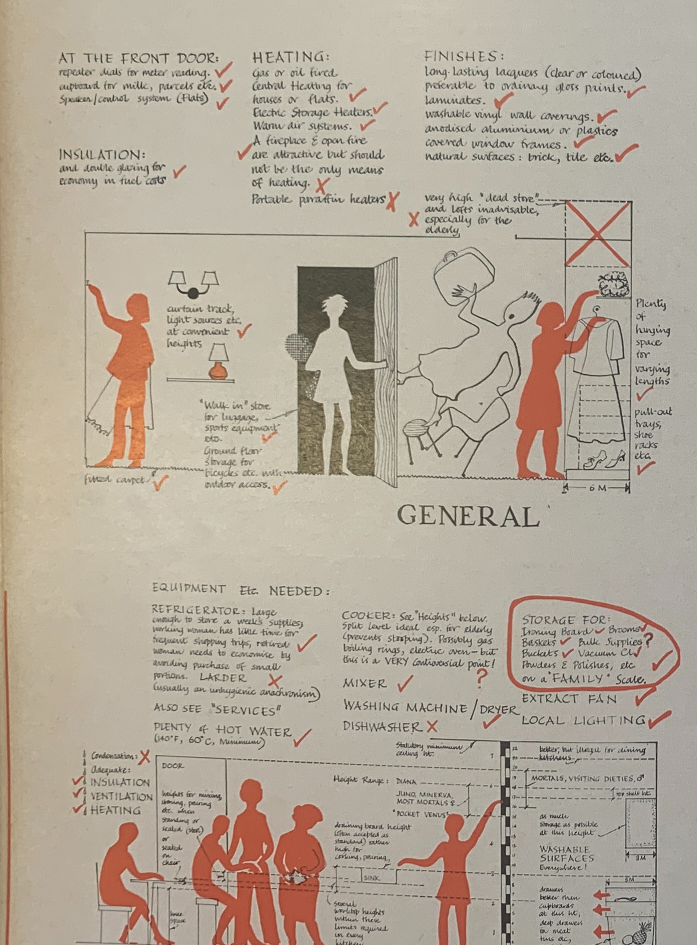A dwelling of her own: Housing for single, working women in the 20th century
“There is the need for suitable housing accommodation for working women... the woman who wants a dwelling of her own, easy working and inexpensive. Surely this type of accommodation has its place in any modern housing programme…?”
So wrote the architect Richard Alfred Hardwick Livett, for the Official Architect journal in October 1942. His article described a new development in Leeds, the Bronte House Scheme, which contained 22 one-bedroom flats.
Working women weren’t a new phenomenon; many British women had been factory workers, teachers, and domestic servants throughout the 19th century, and many more worked within their own homes. But during the first half of the 20th century, women’s presence in the British workforce increased substantially, accelerated by the consequences of the First World War. Among this burgeoning new workforce were office cleaners, railway workers, market traders, restaurant staff, and local authority employees.
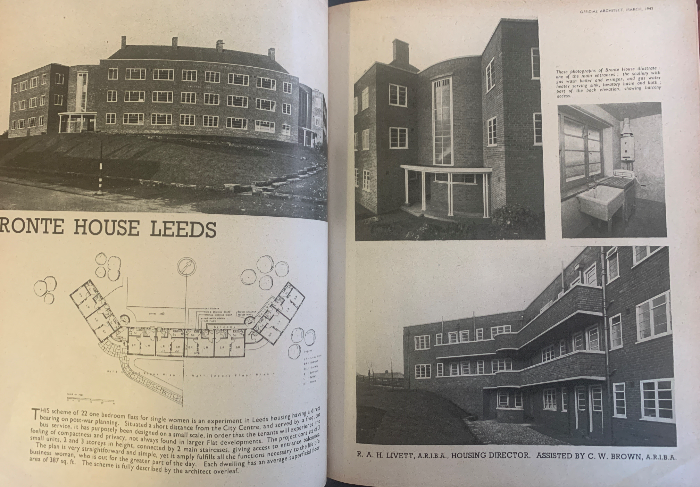
The increase in women working outside the home raised new questions about where they might live, as their changing lifestyles took them beyond the nuclear family household. They needed to live within easy reach of their workplace, often because of shift work that meant they had to travel outside conventional hours. Their homes needed to be affordable on a single wage, and small enough to keep housework to a minimum. A spate of articles in the British architectural press in the 1940s suggest a rising concern with these questions.
The way had already been paved though, at Hampstead Garden Suburb in north London, where Henrietta Barnett had commissioned Mackay Hugh Baillie Scott to design Waterlow Court (completed in 1909), a development of 50 flats aimed at single, working women who might benefit from communal social areas and facilities, including a bike shed and allotments.
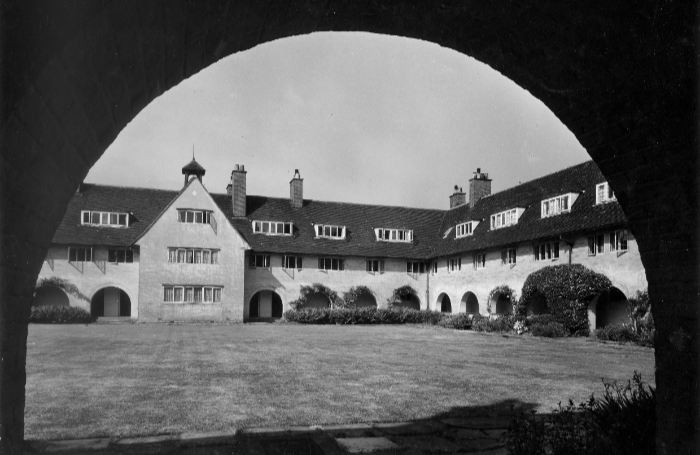
In 1939, Fiona House on Gray's Inn Road was completed. It was a hostel designed by architects Marshall & Tweedy that housed 70 women, including international students.
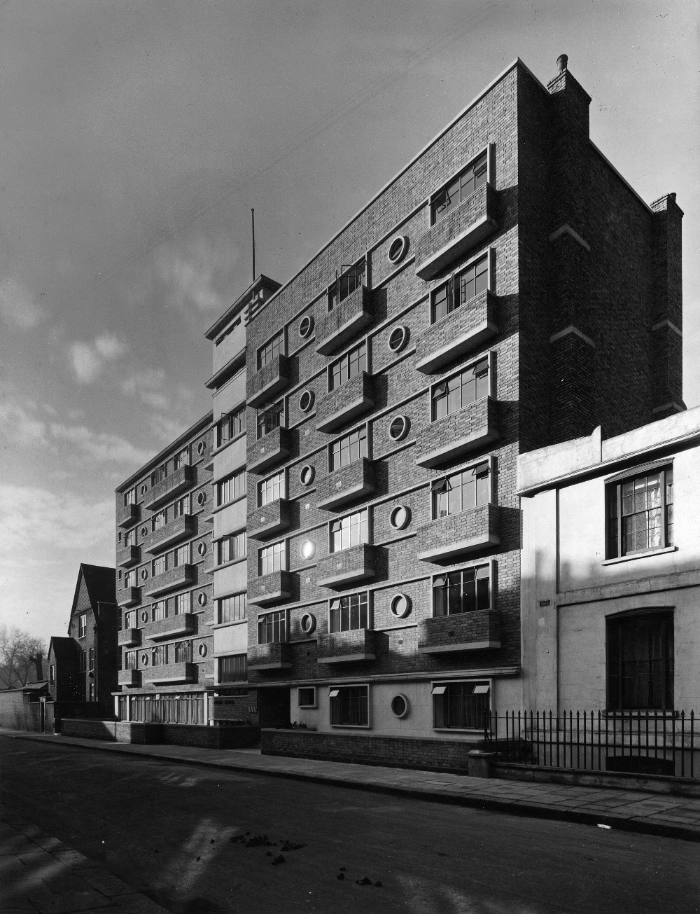
Designs for 'Housing for working women,’ published in The Builder in May 1947, set out ideas to further expand the provision of housing for professional women. They showed small, self-contained homes each containing a bedsitting room, a separate kitchen, and a small balcony. In the basement, large communal locker rooms provided space for “suitcases, etc”, while a roof terrace, reading room, and sun lounge (complete with “tea buffet”) offered spaces for socialising.
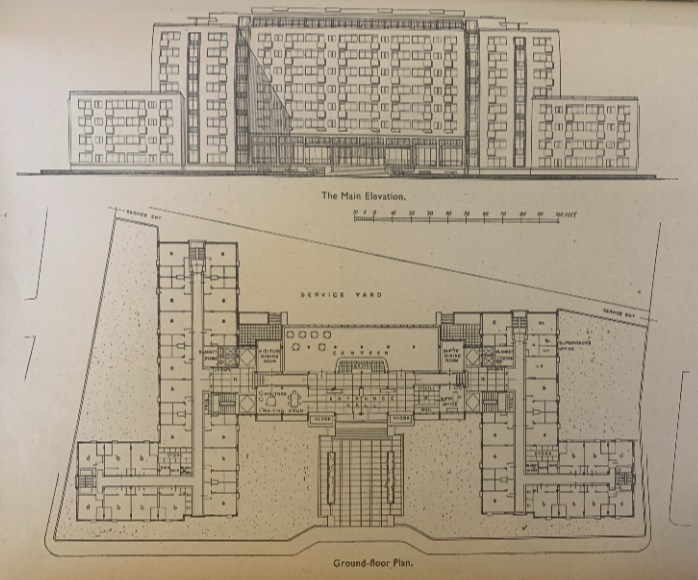
The idea of housing for working women was not universally admired, however. The poet John Betjemen immortalised these kinds of flats in his 1937 poem Business Girls, which disparaged “frail partitions” and “precarious bathrooms” – although his poem can be read as an expression of nostalgia for bygone social values as much as one of concern for women’s living conditions.
The flats were also rarely designed by women; another link in a long tradition whereby the spaces women lived and worked in were disproportionately designed by men. In 1969, an exhibition organised by the Bath Group of Architects illustrated how housing design could better meet the needs of “Women Alone”. The exhibition pointed out how kitchen surfaces and units were often the wrong height for most women and called for designs that would lessen the burden of the housework that usually fell to women. Jane Drew recalled her anger early in her career when, while trying to improve the comfort and efficiency of kitchen designs for the British Commercial Gas Association, she was told not to bother because "women's labour in the home is free".
In 1981 when the Matrix Feminist Design Co-Operative wrote their manifesto for design, they still had to point out that women's experiences of architecture could differ greatly from those of the men who had usually designed it.
"Because there is no ‘women’s tradition’ in building design, we want to explore the new possibilities that the recent change in women’s lives and expectations have opened up.”
Women's History Month can serve as a reminder, not just to rightly celebrate the women architects who succeeded in a historically male-dominated profession, but also to reflect on how the architectural canon has sometimes assumed the needs of the inhabitants and users of its buildings are the same as the person designing them.
Further reading (available in the RIBA Library unless marked *)
- Richard Alfred Hardwick Livett, Municipal Housing Progress: Bronte House Scheme, Official Architect (March 1942), p. 136
- Edward W. Armstrong, Housing for Working Women, The Builder (23 May 1947), p. 499
- Margaret Withers, A Place of Her Own, The Architect & Building News (19 June 1969), p. 48
- Housing for Glasgow, The Architects' Journal (15 September 1949), p. 283
- Elizabeth Darling, Women and the Making of Built Space in England, 1870-1950, (Aldershot: Ashgate, 2017)
- Oliver Wainwright, Why are our cities built for 6ft-tall men? The female architects who fought back, The Guardian (19 May 2021)*
- Historic England, Buildings that Celebrate Working Class Women*
- Women Writing Architecture*
- RIBA Collections: Women in architecture research guide
